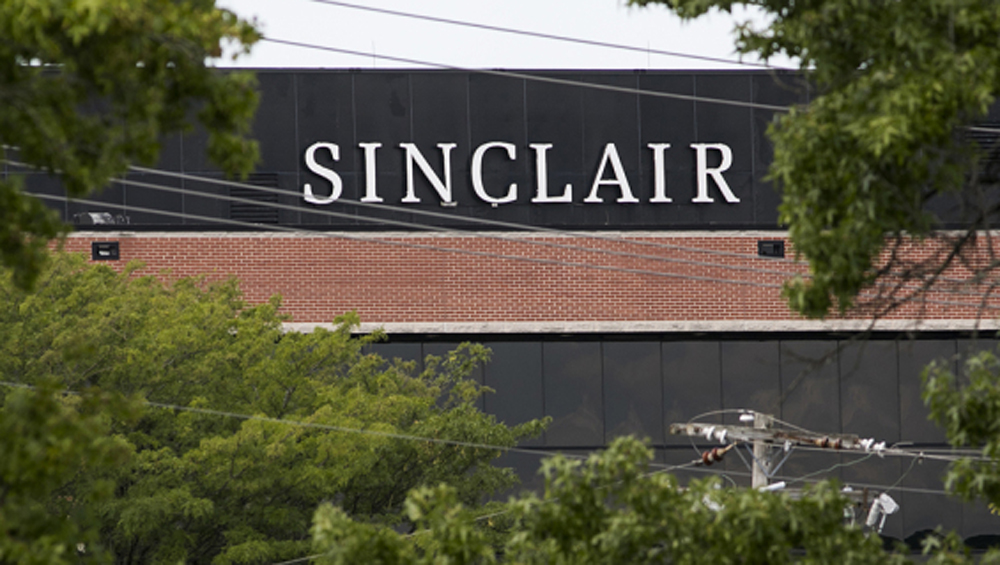
Sinclair Sees Political Pushing Rates Up

While core ad revenues were down 4% in the first quarter for Sinclair Broadcast Group, company executives noted that some TV and radio stations had been divested and EVP-CFO Lucy Rutishauser said pro forma core was up 3% and total advertising was up 7%. That pro forma analysis applies only to the broadcasting and other segments and no longer includes the regional sports networks, which are being reported separately going forward following a refinancing on March 1.
“The year started strong, with first quarter pro forma media revenue up significantly over the prior year and at the top end of our guidance range,” said COO and Broadcasting President Robert Weisbord in the company’s conference call with Wall Street analysts Wednesday morning.
Sinclair had told the Street in February to expect media revenues of $803 million to $819 million and delivered that $819 million figure for the quarter.
“Political is tracking above our expectations and we look forward to 2022 having the record mid-term election spend,” Weisbord told the analysts.
“Turning to our second quarter guidance, we expect another strong quarter for political, which is the main driver for media revenues increasing approximately 4% to 7% versus pro forma second quarter last year. Second quarter total advertising revenue is expected to be up high single digits or low teens percent versus Q2 of last year,” Rutishauser said.
Looking back to the pre-pandemic years, Sinclair is telling analysts that this year will be up from 2018, a mid-term election year, and from 2019.
“Both issue and candidate monies have been very strong since the beginning of the year, which will bode, obviously, some crowd-out, but we’ll have rate increases due to the demand for our inventory,” Weisbord said. In response to an analyst’s question, he said Sinclair is keeping a close eye on whether any advertisers are becoming hesitant about the impact of inflation, but there’s nothing to report yet and advertisers are “still hanging tough.”
During Q&A, the COO was asked for an update on which advertising categories are up and which are down.
“As we’ve stated on the last several calls, our reliance on auto has been mitigated by our focuses in the service, retail and food categories. Those remain strong. And, so that bodes well for when auto returns — and we expect it to return. We’ve spoken to many large tier-three auto groups and they’re holding onto their co-op money to spend when the chip shortage is resolved. The expectations are now towards the end of 2022 or into 2023. With the political crowd-out, it increases our viability going even to 2023,” Weisbord said.
Sinclair continues to be a big booster of NextGen TV, or ATSC 3.0. One analyst asked Sinclair President-CEO Chris Ripley when broadcasters will actually begin to monetize the new technology.
“Some of the most promising applications that we saw at [last week’s NAB Show] probably came from precision GPS and demand-response for utilities,” Ripley replied. And he said the broadcasting industry should start to receive revenues next year.
































Comments (0)